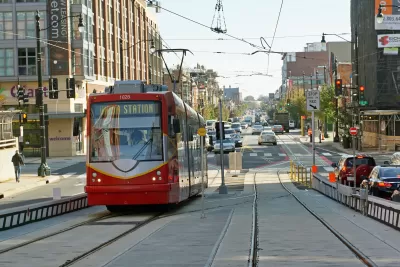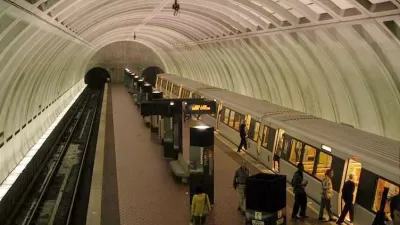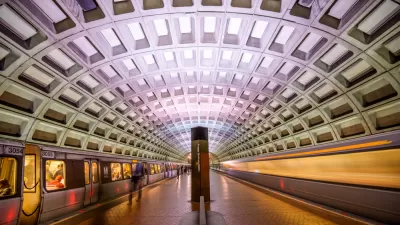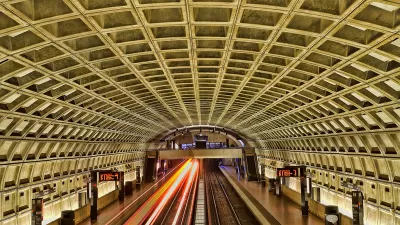It's been six months since the D.C. Streetcar finally opened after years of planning and delays. So far, so good for the performance of the line, and now District DOT has some decisions to make regarding the near future of the line.

"Nearly six months since its long-awaited debut, the District’s first streetcar line in more than half a century is quietly exceeding early ridership projections while avoiding the kinds of mishaps that have placed the Metrorail system under constant and intense scrutiny," reports Martin Di Caro.
Di Caro quotes Leif Dormsjo, the director of the District Department of Transportation, to summarize the accomplishments of the streetcar in its first sixth months. Here are Dormsjo's words, as quoted in the article: "So far we’ve been doing quite well. The running times have improved. I think our customers are pleased with the service. The vehicles are being maintained properly. And we haven’t had any safety incidents."
The good service news comes just prior to a decision expected by the end of August about whether DDOT should increase the frequency of streetcars and expand hours of operations to all seven days of the week (service is currently unavailable on Sundays for maintenance). A decision about whether or not to add a fare to use the streetcar will wait for another six months.
As for the specifics of the ridership numbers reported by DDOT, "70,000 passengers rode D.C.’s five streetcars in June, according to DDOT figures. The weekday average was 2,773, and close to 3,000 passengers boarded streetcars on Saturdays that month." Those numbers exceed the projections for 1,500 average daily riders.
FULL STORY: D.C. Streetcar Quietly Exceeds Low Expectations Six Months In

Trump Administration Could Effectively End Housing Voucher Program
Federal officials are eyeing major cuts to the Section 8 program that helps millions of low-income households pay rent.

Planetizen Federal Action Tracker
A weekly monitor of how Trump’s orders and actions are impacting planners and planning in America.

Ken Jennings Launches Transit Web Series
The Jeopardy champ wants you to ride public transit.

California Invests Additional $5M in Electric School Buses
The state wants to electrify all of its school bus fleets by 2035.

Austin Launches $2M Homelessness Prevention Fund
A new grant program from the city’s Homeless Strategy Office will fund rental assistance and supportive services.

Alabama School Forestry Initiative Brings Trees to Schoolyards
Trees can improve physical and mental health for students and commnity members.
Urban Design for Planners 1: Software Tools
This six-course series explores essential urban design concepts using open source software and equips planners with the tools they need to participate fully in the urban design process.
Planning for Universal Design
Learn the tools for implementing Universal Design in planning regulations.
Ada County Highway District
Clanton & Associates, Inc.
Jessamine County Fiscal Court
Institute for Housing and Urban Development Studies (IHS)
City of Grandview
Harvard GSD Executive Education
Toledo-Lucas County Plan Commissions
Salt Lake City
NYU Wagner Graduate School of Public Service





























